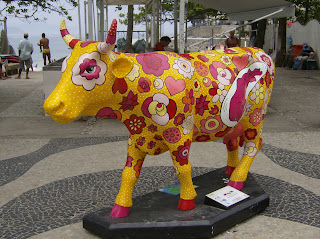A bit of history
The city was founded around 1250 with the building of the Dam that gave it its name. ‘Aeme Stelle Redamme’ is Medieval Dutch for: ‘Dam in a Watery Area’.The Dam is still there as the heart of the city. But today this former barrier between the River Amstel and the “Southern Sea” is one of the few places in the center of town that you cannot sail a boat to. The last part of the river leading to the dam fell victim to land-traffic in 1922. The street that came in its place is still called ‘Damrak’, which is Dutch for: “Last section of the river, leading to the Dam.”Today, a subway line is being built in the old riverbed.
Middle Ages
The first canals were dug for water management and defence. As the city expanded in the Middle Ages, successive defence moats ended up inside the walls and lost their function. But they acquired an important new one: local transport of merchandise. The warehouses along the old moats could store enormous quantities of trading goods that could be`pipelined through those moat-canals to a harbour full of ships that sailed all over the world that was known in those days.
Golden Age
Trade exploded in the 17th century, Amsterdam’s Golden Age. In one very ambitious expansion project that took 50 years, the 3 main canals of the city were dug and the houses around them were built. Completed around 1660, it made the city grow to 4 times its size and gave it the most intricate and efficient system of navigable waterways in the world. A maze of connecting canals brought merchandise from all over the world to the doorstep of every canalside merchant.A fleet of thousands of small barges carried the goods from the big ships in the harbor to every corner of the city. More than a thousand warehouses on the canal-sides were supplied by these man-powered barges. On top of that, 9 specialized floating markets catered to the daily needs of 17th century Amsterdammers.In those days, more goods were moved on barges in the canals by human power, than would even be possible today with trucks along the canalsides.
Lost Canals
The 20th century needed space for cars and other land traffic. Many canals were filled in to make streets and parking spaces. Not without struggle: fierce protest had rescued the famous Seven Bridges of the Reguliersgracht already in 1901.But in 1955, a local police commissioner still submitted a serious proposal to the City Council to solve all traffic problems by filling up all the canals to make highways. He was almost tarred and feathered for it. Amsterdammers are fond of their Canals.
Amsterdam canals today
Almost half of the original water in Amsterdam was lost to landfills, but a full 25 percent of the city's surface still consists of navigable waterways. With 65 miles of ancient canals, Amsterdam is still the most watery city in the world.Today, the only cargo vessel on the Amsterdam canals is a unique package boat of Courier service DHL, but that will change in the near future.In 2008, Mokum Mariteam 's first electrically powered cargo sloops will deliver their goods in and around the city. A serious and very timely project to help fight air pollution and alleviate traffic congestion on the streets.

































